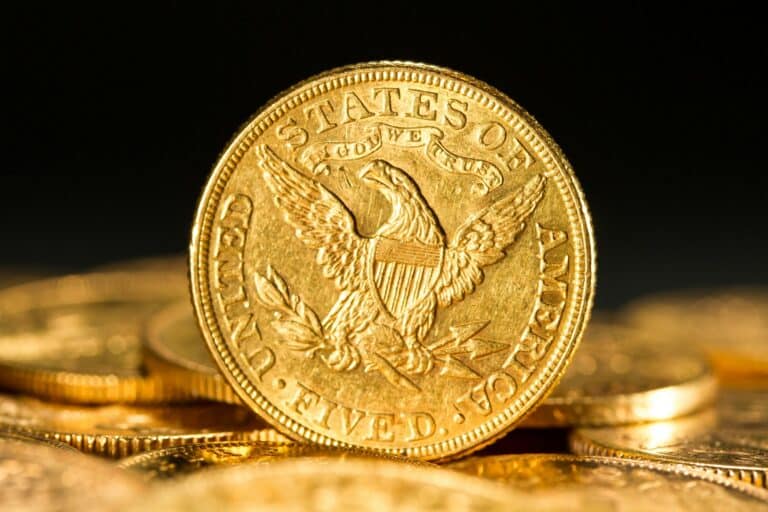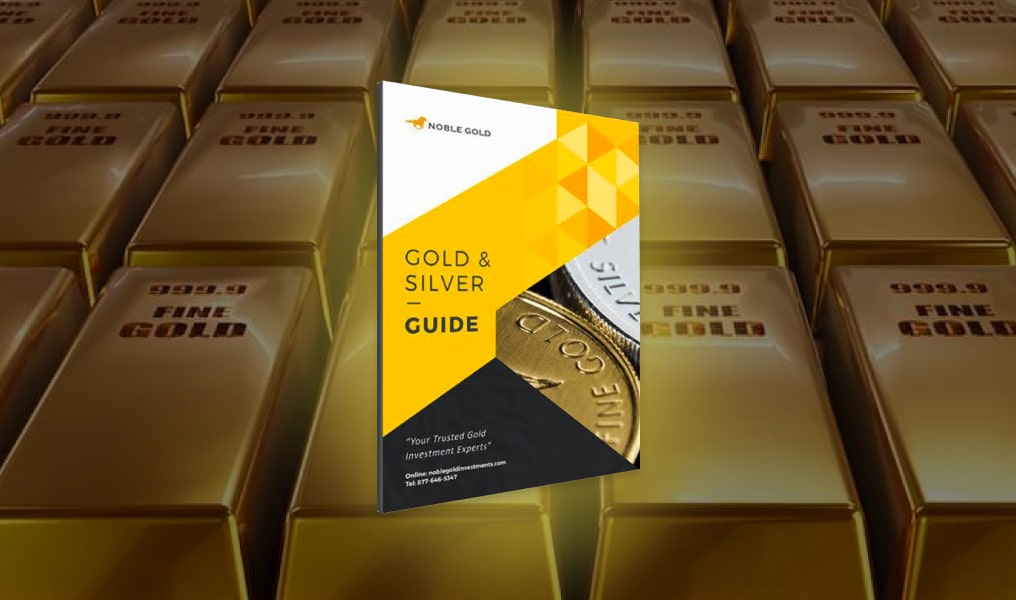Crafting a well-diversified retirement portfolio involves understanding the distinct roles of tangible and intangible assets. Tangible assets, like real estate and precious metals, provide a sense of security through physical presence and often appreciation in value over time. These investments can often be directly managed and used, providing immediate personal satisfaction.
Intangible assets, on the other hand, are ones without physical form, such as stocks, bonds, and intellectual property, to name a few. Intangible assets often drive significant growth and offer substantial future potential, making them a vital part of a retirement strategy. Unlike tangible assets, these can be harder to value but play a crucial role in balancing and mitigating risks.
Combining both tangible and intangible assets in a retirement portfolio can enhance overall stability and growth potential. This blend allows investors to leverage the security of physical assets while capitalizing on the growth opportunities presented by intangible assets. Navigating between these asset types effectively can be the key to achieving a secure and prosperous retirement.
Defining Tangible and Intangible Assets
Tangible assets have a physical presence, while intangible assets are non-physical but can still hold significant value.
Characteristics of Tangible Assets
Tangible assets include items that can be seen and touched. These assets typically include property, machinery, equipment, and inventory.
They have a defined cost and an expected lifespan, which makes them easier to value and account for. Depreciation is the method used to allocate the cost of tangible assets over their useful lives.
Tangible assets are often more liquid, as they can be more easily sold in the market to raise cash. Their physical form clearly demonstrates their worth and contribution to the overall portfolio.
Characteristics of Intangible Assets
These assets are amortized rather than depreciated. Valuing intangible assets can be complex due to their lack of physical form, requiring specialized valuation methods.
Their non-physical nature often makes them harder to liquidate quickly. However, they can generate substantial revenue over time, especially in industries heavily reliant on intellectual property and brand identity.
Evaluating Asset Value in a Portfolio
When evaluating the value of tangible and intangible assets in a retirement portfolio, it’s essential to consider market value and the impact of depreciation and amortization. These factors ensure a precise understanding of asset worth and sustainability.
Market Value Considerations
Determining the market value of assets is a critical step. Tangible assets such as real estate and machinery have an observable market price that reflects their worth. Regular market assessments help establish these values. Stock portfolios also require up-to-date valuations based on current trading prices. For tangible assets, it’s crucial to consider both purchase price and current market value.
Intangible assets require alternative valuation methods. These may include discounted cash flow analysis or replacement costs. Unlike tangible assets, the market value for intangibles like patents or trademarks is less visible. As a result, professionals often use cash flow projections and industry benchmarks to estimate their worth.
Assessment of Depreciation and Amortization
Depreciation and amortization are essential for accurate asset valuation. Tangible assets undergo depreciation over time, which reduces their value. For example, company equipment or vehicles lose value due to wear and tear. Tracking this depreciation is vital for realistic financial planning.
Intangible assets, on the other hand, are subject to amortization. Amortization spreads the cost of an intangible asset over its useful life. For instance, an intellectual property or software license gradually decreases in value. This systematic reduction impacts the portfolio’s overall valuation and requires regular adjustments.
Both depreciation and amortization ensure that asset values accurately reflect their current, usable state. Neglecting these factors can lead to overestimations of portfolio worth, which can affect retirement planning.
Physical Assets and Retirement Planning
Physical assets can play a crucial role in a retirement portfolio. They offer tangible value and can provide steady income streams or capital appreciation over time.
Physical Precious Metals
Physical precious metals are one of the most popular physical assets to invest in for a number of reasons. Not only are precious metals a safe-haven investment that tends to perform well during times of economic uncertainty, but they are also one of the most liquid assets you can own.
Whether you purchase precious metals to store at home or in your own depository or you purchase them in a tax-advantaged precious metals IRA, few physical assets are as strong a diversification tool as gold and silver.
Real Estate and Land
Real estate and land are significant components of physical assets. These include residential properties, commercial buildings, and undeveloped land. Residential properties can provide rental income and long-term appreciation. Commercial buildings also offer rental income but involve higher management costs. Undeveloped land can appreciate in value with potential for development. Managing real estate often includes property taxes, maintenance, and dealing with tenants, making it essential to consider these factors in retirement planning.
Vehicles and Collectibles
Vehicles and collectibles, such as classic cars, fine art, and rare coins, can be valuable physical assets. Classic cars may appreciate in value and can be sold or auctioned for profit. Fine art and rare coins often retain or increase in value over time. It is crucial to ensure these items are well-maintained and insured. The market for collectibles can be volatile, so investing in these should be done with caution and proper research.
Diversify Your Retirement Portfolio With A Precious Metals IRA
If you’re interested in diversifying your retirement portfolio with tangible assets, precious metals like gold and silver are some of the more popular investment vehicles.
Whether you plan to purchase physical gold and silver to store in your own depository or you’d prefer to buy them in a tax-deferred precious metals IRA, Noble Gold Investments offers a number of accessible options to investors at any stage in their retirement planning journey.
Call us now at (877) 646-5347 to speak to one of our gold IRA specialists, or click here to open an account today.







